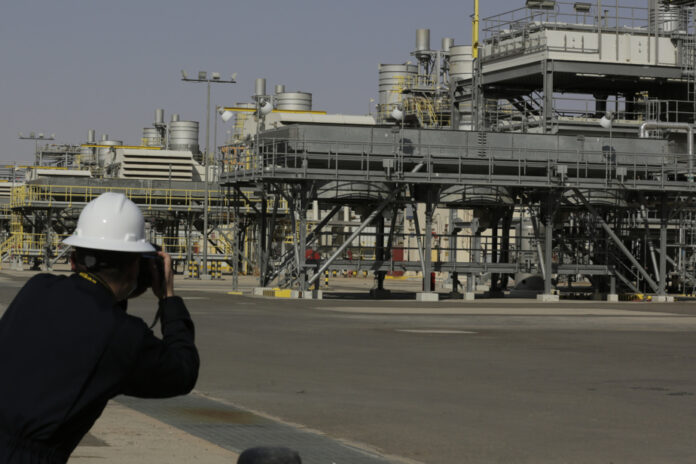(New York) Oil prices, which opened higher Monday on the heels of further production cuts from Russia and Saudi Arabia, finally ended lower, reflecting some pessimism on request.
The barrel of Brent from the North Sea, for delivery in September, of which it was the first day of use as a benchmark contract, dropped 1.00% to 74.65 dollars.
Its American equivalent, a barrel of West Texas Intermediate (WTI) for August delivery, lost 1.20% to drop below 70 dollars to 69.79 dollars.
Saudi Arabia has announced that it will extend its voluntary production cut of one million barrels per day in August, and that its efforts could be further extended over time, according to the Ministry of Energy quoted by the agency. official press of the kingdom.
And Moscow intends for its part to reduce its exports by 500,000 barrels per day, assured Deputy Prime Minister Alexander Novak, quoted by Russian press agencies.
But Eurasia Group analysts said the supply cuts “will do little to alter the bearish market sentiment that is pessimistic about crude demand for the second half of the year.”
For James Williams of WTRG Economics, the “illogical” trajectory of the price of crude oil – which should have risen given the extension of the supply cut by Saudi Arabia in particular -, “is a sign that the Saudis expect a recession”, thus to a drop in demand.
Again Capital’s John Kilduff also believes that by extending their output cuts, the Saudis are “signaling a soft demand environment to which they must respond.”
As for the Russian initiative, which in theory should also make supply tighter and push up prices, several analysts pointed out that the market had little faith in the reduction of these exports while Moscow, in the face of sanctions, seeks to derive revenue from its oil.
“We don’t necessarily believe what Russia says,” James Williams told AFP. “The market is very skeptical of Russia’s export cuts,” Kilduff added.
Overall, “global growth concerns are dominating the market” and preventing oil prices from taking off, ANZ analysts said.
On Monday, several manufacturing indicators in Germany, France (PMI indices) and the United States (ISM index) still looked gray in June, which was not to encourage the outlook for energy demand.
Finally, in the United States, on the eve of the national holiday of July 4, trade was very weak, almost half as much as usual. Markets will be closed on Tuesday.















